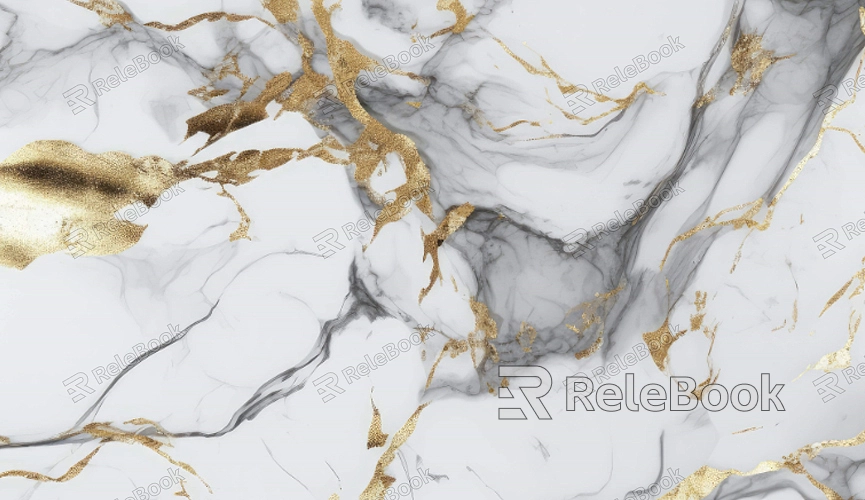How to make textures in Wings 3D?

Understanding Textures in Wings 3D
Textures in 3D modeling are essentially images or patterns applied to the surface of a 3D model. They provide details such as color, surface structure, and material properties. In Wings 3D, textures are used to map out how your model looks by wrapping a 2D image (known as a texture map) around a 3D object. This process is called UV mapping.
To start creating textures, it’s important to understand the different types of texture maps used in Wings 3D:
1. Diffuse Maps: These control the base color of your model. It’s essentially the color and pattern you see on the surface of your 3D object.
2. Bump Maps: These simulate small surface details and textures without modifying the model's geometry.
3. Specular Maps: These determine the shininess and reflectiveness of the surface.
4. Normal Maps: These add detailed surface features by altering how light interacts with the model.
With this basic understanding in place, let’s delve into the steps to create and apply textures in Wings 3D.
Preparing Your Model for Texturing
Before applying textures, your model needs to be prepared properly to ensure that the textures map correctly. This involves UV mapping, which is the process of unwrapping a 3D model into a 2D plane. Here’s how you can prepare your model:
1. Select Your Model: Open Wings 3D and select the model you want to texture.
2. Enter UV Mapping Mode: Go to the "UV Mapping" section in Wings 3D. This allows you to see the model's UV layout and make necessary adjustments.
3. Unwrap the Model: Use the "Unwrap" tool to project your model’s surface onto a 2D plane. This step is crucial as it determines how your 2D textures will be applied to the 3D surface.
4. Adjust UVs: Modify the UV coordinates to minimize stretching and distortion. Make sure that the UV map is well laid out, with minimal overlapping and distortion.

Creating and Importing Textures
Once your model is properly UV-mapped, you can begin creating and importing textures. This involves several steps:
1. Create Textures: You can create textures using image editing software like Photoshop or GIMP. Start by designing your texture image, considering the size and resolution needed. For instance, a common resolution for texture maps is 1024x1024 pixels. Save your texture image in a format compatible with Wings 3D, such as PNG or JPEG.
2. Apply Textures in Wings 3D: In Wings 3D, go to the "Materials" tab to create a new material. Assign your texture image to the material by selecting it under the texture options. Apply this material to your model by selecting the faces you want to texture and assigning the material.
3. Adjust Texture Mapping: Use the "UV Mapping" tools in Wings 3D to align your texture with the UV map. Adjust scaling, rotation, and positioning as needed to ensure the texture fits well on your model.
Refining Your Textures
Texturing is not a one-step process; it often requires refinement to achieve the desired look. Here’s how to refine your textures:
1. Preview and Adjust: Continuously preview your model with the applied texture to check for any issues. Look for texture stretching, seams, and alignment problems.
2. Use Texture Painting: Some advanced techniques involve painting directly on your model within Wings 3D or using other painting tools. This can help in fine-tuning the texture details and making adjustments in real time.
3. Layer Textures: For more complex textures, you might want to use multiple layers or combine different texture maps to achieve effects like weathering or detail enhancement.
Exporting and Using Textures
After creating and refining your textures, you’ll need to export them for use in other applications or for rendering. Here’s how to handle this:
1. Export Textures: Save your texture files in the appropriate format and resolution. Ensure that the paths to your textures are correctly set up in Wings 3D or any other software you plan to use.
2. Render Your Model: Use the rendering tools in Wings 3D to generate high-quality images of your model with textures applied. This step helps you visualize how your textures look in different lighting conditions and angles.
FAQ
Can I create textures directly within Wings 3D?
Wings 3D does not have built-in texture painting tools. Textures need to be created using external image editing software and then imported into Wings 3D.
What file formats are supported for textures in Wings 3D?
Wings 3D supports common image formats like PNG, JPEG, and BMP for textures.
How do I fix texture stretching on my model?
Texture stretching usually occurs due to improper UV mapping. Ensure that your UV map is well-unwrapped and adjust the UV coordinates to minimize stretching.
Can I use multiple textures on one model?
Yes, you can use multiple textures by applying different materials to different parts of your model and adjusting their UV maps accordingly.
How can I improve the quality of my textures?
To improve texture quality, ensure you use high-resolution images and fine-tune the UV mapping. You can also layer textures and use techniques like normal mapping to add detail.

